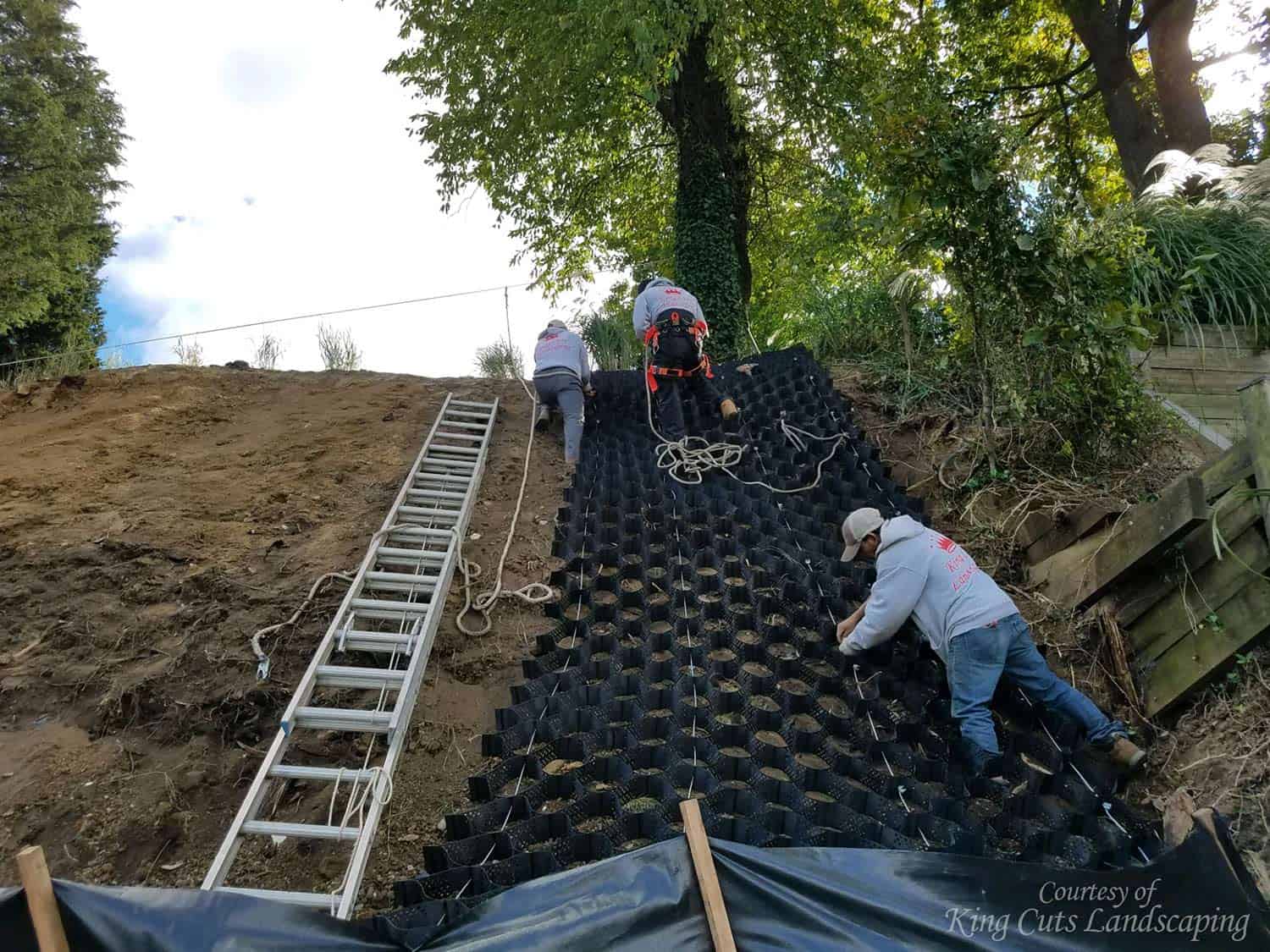Does your backyard have a slope that’s more of a nuisance than a feature? Maybe you’re dealing with a tricky hill that’s slowly eroding away with every rain, or perhaps you dream of turning that sloped space into a beautiful, usable patio or garden. If so, you’ve probably started thinking about a retaining wall.
But a retaining wall is more than just a stack of blocks or a line of timber. It’s a crucial structural system that holds back tons of soil and water pressure. Choosing the right one isn’t just about aesthetics—it’s about safety, longevity, and getting the job done right the first time. Let’s break down your options and find the perfect solution for your sloped situation.
First, Why Do You Even Need a Retaining Wall?
Before we dive into types, let’s talk about the “why.” A well-built retaining wall does three key things:
- Creates Usable Space: It turns a steep, unusable slope into flat, functional land for a garden, lawn, or patio.
- Prevents Erosion: It stops soil from washing away during heavy rain, protecting your property (and maybe your neighbour’s!).
- Manages Water Runoff: Properly built walls include drainage to channel water away, preventing soggy ground and potential wall failure.
The Contenders: A Look at Common Retaining Wall Systems
Not all walls are created equal. The right choice depends on the height of your slope, the soil conditions, and what you’re trying to achieve.
1. The Gravity Wall: The Simple Solution (For Smaller Slopes)
Think of a gravity wall as the reliable workhorse for smaller jobs. Typically built from interlocking concrete blocks, natural stone, or even heavy timber, these walls use their own massive weight to hold back the soil. They are “bottom-heavy” and lean back into the slope for stability.
Best for: Shorter walls, usually under 3-4 feet high.
Good to know: They are a great DIY-friendly option for garden beds and gentle terraces but aren’t suited for taller, more demanding slopes.
2. The Cantilevered Wall: The Invisible Strength (For Bigger Jobs)
When you need to hold back a taller slope (think 10-20 feet), you need some serious engineering. This is where cantilevered walls come in. These are often made of concrete and have a unique “T” or “L” shape. A large concrete footing is buried underground, and a thin stem extends upwards. The weight of the soil on the buried footing creates a levering action that holds the wall in place.
What makes them incredibly strong is when they are reinforced with structural retaining wall steel. This is a key area of expertise at RWSteel. By embedding a skeleton of high-tensile [steel reinforcement] into the concrete, the wall gains immense strength to resist the immense pressure from behind it. It’s the hidden muscle that makes the whole system work.
3. The Anchored Wall: The Super-Hero of Stability
For the most challenging situations—very tall walls, unstable soil, or sites with limited space—the anchored wall is the ultimate solution. Imagine a cantilevered wall on steroids. This system uses deep cables or rods drilled far back into the stable soil behind the wall. These “anchors” are then tensioned, literally tying the wall back into the earth for incredible stability.
Why Steel is the Secret Weapon for a Wall That Lasts
You might have noticed a theme: for any serious retaining wall project, strength is non-negotiable. While timber and simple gravity blocks have their place, they simply can’t compete with the engineered strength of a steel-reinforced concrete wall.
Here’s why opting for a system that incorporates steel is a smart investment:
- Unbeatable Tensile Strength: Soil pushes, water freezes and expands, and the ground shifts. Steel provides the flexible strength to handle these pressures without cracking or failing.
- Long-Term Durability: Properly coated steel is resistant to corrosion, ensuring the structural integrity of your wall for decades, far outlasting wooden alternatives.
- Design for Certainty: When you build using steel retaining wall posts, you’re not guessing. You’re relying on proven engineering principles to ensure your property and everyone on it is safe.
The Bottom Line: Building on a Solid Foundation
Choosing your retaining wall system comes down to understanding the challenge your slope presents. For a small garden terrace, a gravity wall is perfect. But for anything structural, tall, or critical, you need the engineered solution of a cantilevered or anchored wall.
Your goal is to create a safe, stable, and beautiful space that stands the test of time. Don’t leave it to chance. By understanding the different systems and the vital role of steel reinforcement, you can make an informed decision and invest in a solution that truly solves your slope.
Dreaming of a flat, usable backyard? Let’s talk about how a professionally engineered retaining wall can transform your space. Contact the team at RWSteel today to discuss your project

